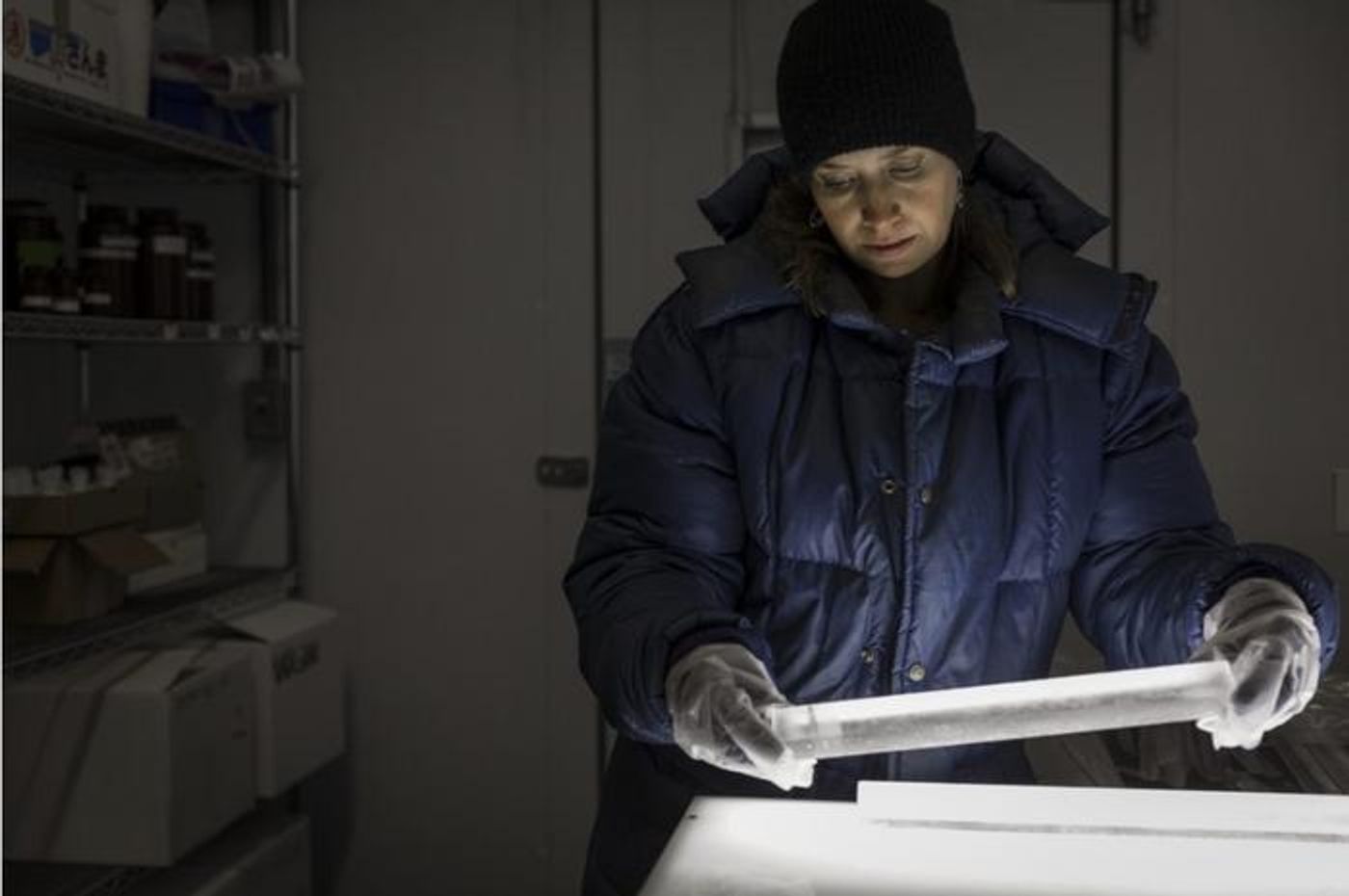Ice Core Insights: A Comprehensive Look at Phytoplankton Trends Over 800 Years
A recent study published in the Proceedings of the National Academy of Sciences examines how marine phytoplankton throughout the North Atlantic Ocean has maintained its stability and numbers based on ice cores dating as far back as 800 years, which contradicts a 2019 study that concluded marine phytoplankton was on the decline by approximately 10 percent. The reason ice cores were examined was due to the methanesulfonic acid (MSA) deposits that fall from the sky and are the airborne products of phytoplankton, with the MSA initially starting off as dimethyl sulfide that is a byproduct of phytoplankton. This study was also presented at the AGU Fall Meeting in December 2022.
“Greenland ice cores show a decline in MSA concentrations over the industrial era, which was concluded to be a sign of declining primary productivity in the North Atlantic,” said Ursula Jongebloed, who is a PhD student in atmospheric sciences at the University of Washington (UW) and lead author of the study. “But our study of sulfate in a Greenland ice core shows that MSA alone can’t tell us the whole story when it comes to primary productivity.”
Dr. Becky Alexander, who is a professor of atmospheric sciences at UW imaged in the cold room of the UW’s IsoLab with a drilled ice core that preserves atmospheric conditions from past centuries. (Credit: Mark Stone/University of Washington)
The researchers hypothesize that other natural processes could explain the recent decline in marine phytoplankton and holds the potential for scientists to better understand the evolution of phytoplankton throughout the world, which are responsible for producing approximately 50 percent of the oxygen in Earth’s atmosphere.
While the 2019 study goes as far back as 150 years, the ice cores layers used in this most recent study date as far back as 1200 AD, allowing the researchers to determine that human-caused pollutants altered the chemistry of the Earth’s atmosphere to the point where it caused a decline in the gases produced by phytoplankton. However, this new data reveals that phytoplankton populations have maintained their stability since the mid-1800s.
Dr. Becky Alexander, who is a professor of atmospheric sciences at UW and a co-author on the study said, “Ice core measurements along with other independent estimates of phytoplankton abundance (such as chlorophyll measurements) and paired with modeling studies (which help us estimate how atmospheric chemistry and climate change over time) can help us understand how marine productivity has changed in the past and how productivity might change in the future.”
What new discoveries will researchers make about phytoplankton in the coming years and decades? Only time will tell, and this is why we science!
As always, keep doing science & keep looking up!
Sources: EurekAlert!, MIT News, AGU Fall Meeting 2022









